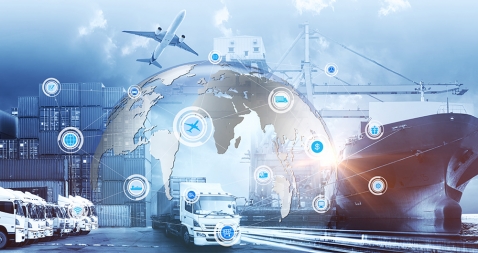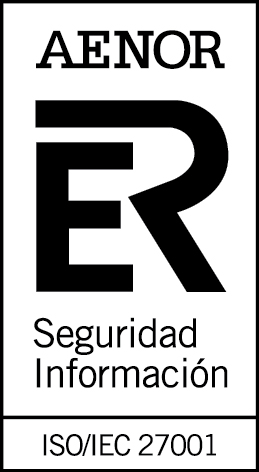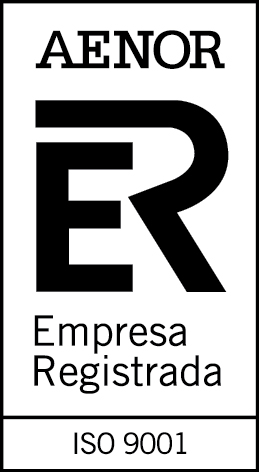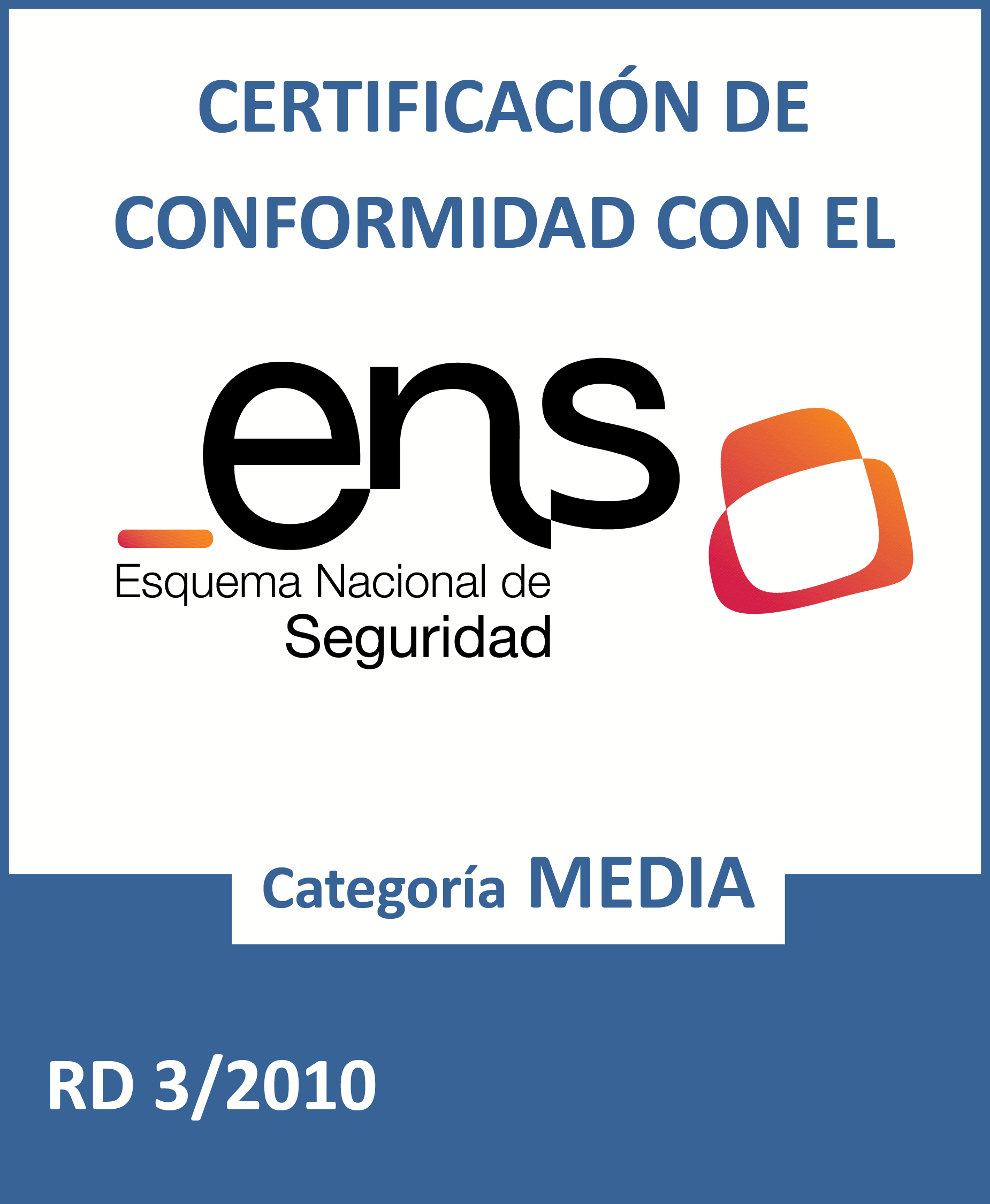The main mobility datasets from datos.gob.es
Fecha de la noticia: 16-03-2021

Data related to mobility and transport are among the most demanded by users and re-users. The European Union itself considers them as high-value data, according to the preliminary classification included in Directive (EU) 2019/1024, due to their "considerable benefits for society, the environment and the economy".
The opening and re-use of transport data brings benefits for all:
- Public bodies. Detailed information, often in real time, helps public authorities to make decisions aimed at efficient infrastructure management and service improvement. It also helps to reduce costs, as demonstrated several years ago in the UK’s Transport for London (ODImpact) study by the GovLab.
- Private transport companies. Private public transport operators, mobility service providers and private infrastructure managers also need reliable information to understand the different variables that affect their business and to act accordingly, adapting their services to users' needs.
- Businesses and re-users. The openness of transport data stimulates economic growth. There is a huge market for applications based on transport data. You only need to take a look at the applications section of our portal to see that almost 20% of the applications highlighted are related to this category: applications that provide information on traffic conditions, public service timetables, the best routes to reach the requested destination, etc.
- Citizens. Thanks to these solutions, citizens can, for example, plan their journey in advance, thus saving time, and benefit from more efficient, accessible and sustainable transport.
What kind of data related to mobility and transport can I find in datos.gob.es?
At datos.gob.es we have an extensive catalogue of data related to mobility. There are currently 1,820 datasets grouped under a category called "Transport", following the cataloguing rules set out in the Technical Interoperability Standard (NTI, in its Spanish acronym). Based on this standard, this category includes communications and traffic datasets, such as data on traffic control, registrations, accidents, civil aviation, land transport (road and rail) or merchant navy, among others.
Most of these datasets are in CSV (1,333) and JSON (1,113) format, facilitating their re-use. There are state, regional and local data. The publishers that share the most data of this type are the National Statistics Institute (INE), Gijón City Council, the Autonomous Community of the Basque Country and Madrid City Council.
The most important of these datasets are listed below, together with the format in which they can be consulted:
At the state level
- INE. Movement of people by mobility areas. Daily. National. CSV, XLSX, XLS, HTML, PC-Axis, JSON.
- Port Authority of Barcelona. Railway services of the Port of Barcelona. RDF-XML.
- Port Authority of the Balearic Islands. Maritime traffic forecast. CSV, HTML.
- Renfe – Operator. List of Alta Velocidad, Larga Distancia and Media Distancia stations. CSV, XLSX.
- Central Trafficking Office. Driver census. CSV, XLS.
- Central Trafficking Office. Traffic accidents with victims. XLS
At Autonomous Community level
- Autonomous Community of the Canary Islands. Vehicles registered according to type of vehicle and services by Canary Islands and time periods. HTML, JSON, PC-Axis.
- Basque Government. Transport and mobility resources in the Basque Country. KML, Api, GeoJSON, XML, RSS, JSON, XLSX.
- Government of Catalonia. Monthly electrified and hybrid vehicle registrations in Catalonia. XML-APP, CSV, JSON, RDF-XML.
- Government of Catalonia. Real time road incidents in Catalonia. RSS, XML-APP.
- Government of the Balearic Islands. Mallorca Car Rental Agencies. RDF-XML, CSV, XML-APP, JSON.
- Government of Aragon. Mobility analysis with Big Data. CSV, JSON, XLS, XML-APP.
- Castilla y Leon Government. Statistics on passenger cars. CSV, RDF-XML, JSON.
- Andalusian Government. Data from the Andalusian Network of Transport Consortiums. JSON.
- Government of Valencia. GTFS of itineraries and timetables of intercity public transport services by bus. ZIP.
At local level
- Madrid City Council. Bicycle. Quiet streets. KML, ZIP, XLS, CSV.
- La Palma Island Council. Road and track infrastructures. HTML, JSON.
- Barcelona City Council. Surface parking spots rates' information in the city of Barcelona. CSV.
- Santiago de Compostela City Council. Real time traffic observations. CSV, GML, JSON.
- Alcoy City Council. Charging points. KML, ZIP, JSON.
- Terrasa City Council. Petrol stations. CSV.
- Santander City Council. TUS sales/recharge points. HTML, RDF-XML, CSV, RDF-Turtle, RDF-N3, JSON, XML-APP, JSON-LD, Atom.
- Caceres City Council. Caceres Monumental City car park. XLS, GeoJSON, JSON, RDF-Turtle, CSV, SPARQL.
- Pamplona City Council. Car park occupancy in real time. XML-APP.
In addition, the Ministry of Transport, Mobility and Urban Agenda is publishing new datasets. Specifically, the data on mobility in Spain during the COVID-19 pandemic at national level. These data, which are now openly available on the Ministry's website, are the result of the Mobility Study with Big Data carried out to assess the effectiveness of the mobility restriction measures adopted during the state of alarm and to support decision-making.
Some examples of re-use of mobility-related data
As we saw earlier, data related to mobility is a great raw material for the impulse of ingenuity and creativity in the form of new products and services. The best known are the applications that provide information on the timetables of public transport services or the most suitable routes and means of transport for each journey, but there are many more.
In our section on reusing companies we find some organisations that have taken advantage of this data to develop new businesses. One example is Canard Drones, which develops and markets solutions for the verification and calibration of navigation aids (NAVAID) and runway inspection, using public data. Another example is remOT Technologies and its RuralMaps application, which facilitates GPS navigation on roads in rural environments by indicating the optimal and fastest route to reach the desired destination, saving cost and time for agricultural technicians and emergency services.
Transport data can also be used to enrich tourism applications and improve the experience of visitors, who can find all the information they need to enjoy their stay (hotels, transport, points of interest, etc.) on a single platform. Or they can help to improve the architecture of cities: the data collected can be used to define spaces that are more suitable for the common good in cities, for example, the necessary width of pavements.
With the rise of smart cities, with IoT devices collecting data to manage assets and resources efficiently, we can expect more and more mobility data to become available. Data that can be queried, enriched with new data, and used to create valuable applications and services.
We live in a world where travellers' needs and habits are constantly evolving, and there is a growing demand for efficiency and flexibility in mobility options. Open data can help respond to this demand, while driving economic development.











